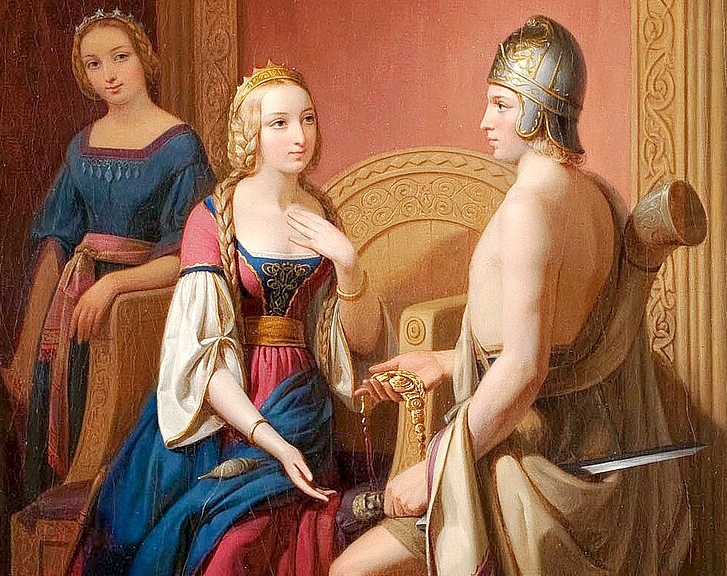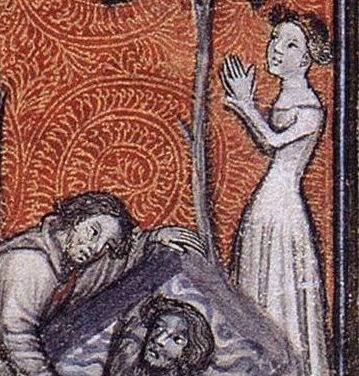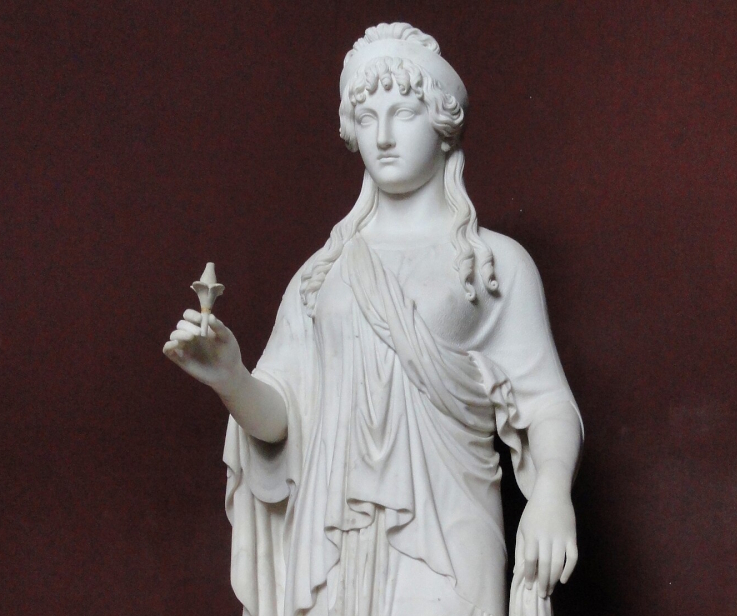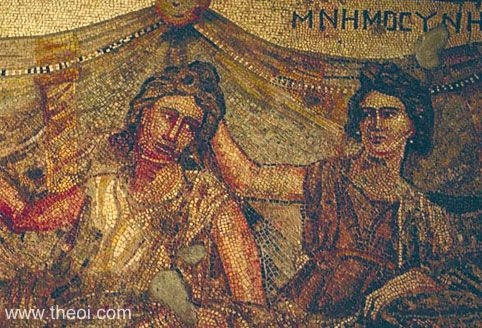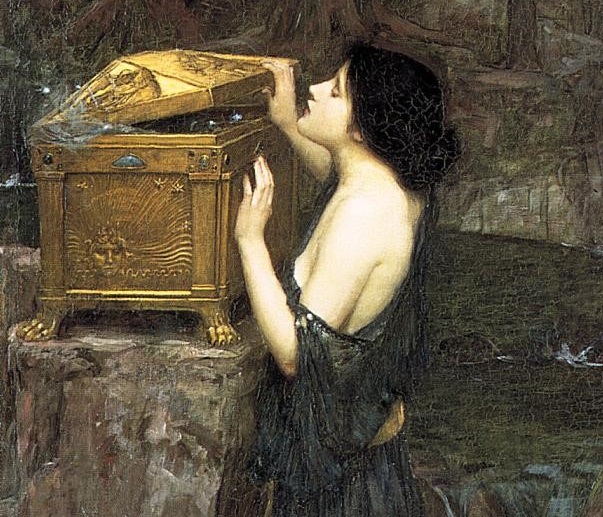Focus On: (80) Sappho
Sappho (c.630-570 BCE) was an ancient Greek lyric poet and musician from the island of Lesbos. Widely regarded as an outstanding writer, she was called the Tenth Muse; sadly, much of her work, in total estimated at around 10,000 lines, has been lost. Her poetry is still influential today.
Focus On: (80) Sappho Read Post »


